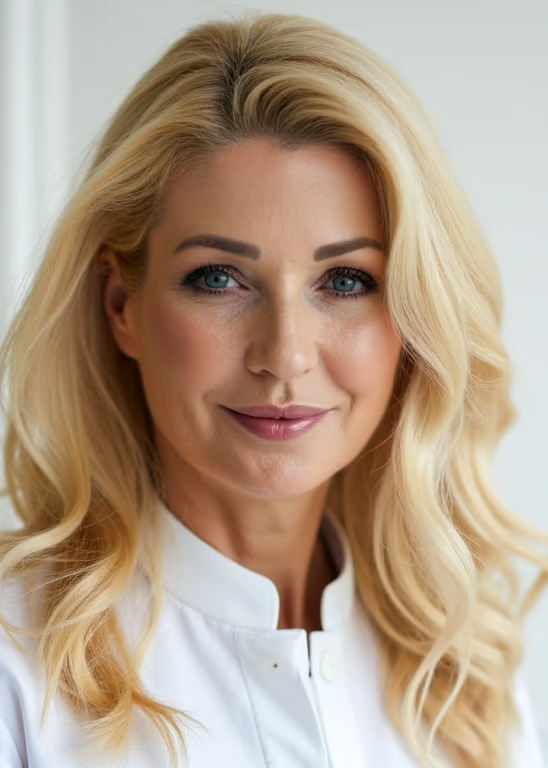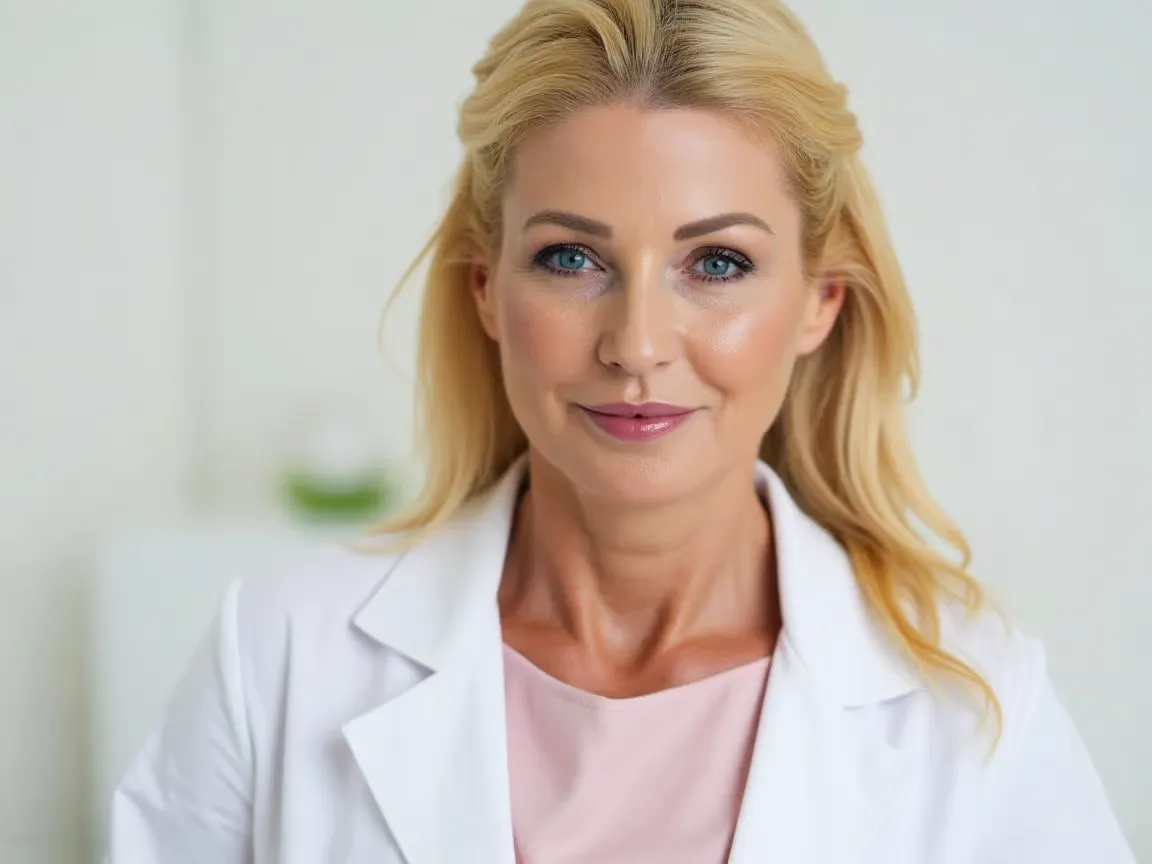PRP Treatment Munich – Natural Skin Rejuvenation With Your Own Plasma for a Fresh, Radiant Complexion
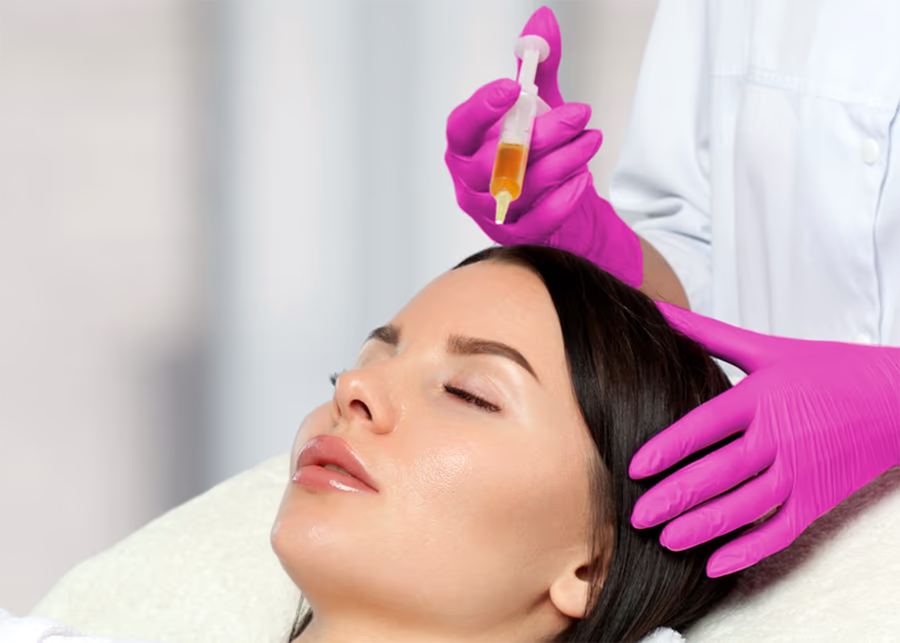
PRP Treatment in Munich at a Glance
- Treatment Goal: Skin regeneration and tightening through the body’s own growth factors
- Treatment Method: Injection or medical microneedling with processed plasma (PRP)
- Treatment Duration: About 30–45 minutes
- Anesthesia: Optional numbing cream
- Social Downtime: None after injections; 2–3 days after PRP with microneedling
- Visible Results: After 2–3 weeks; peak effect around 3 months
- Duration of Results: About 12–18 months
- Recommended Sessions: 3 treatments spaced 4–6 weeks apart, then 1–2 maintenance sessions per year
- Special Feature: 100% natural skin rejuvenation without chemicals or synthetic substances
- PRP treatments at my Munich practice start at approximately €290 (indicative price, billed according to GOÄ).
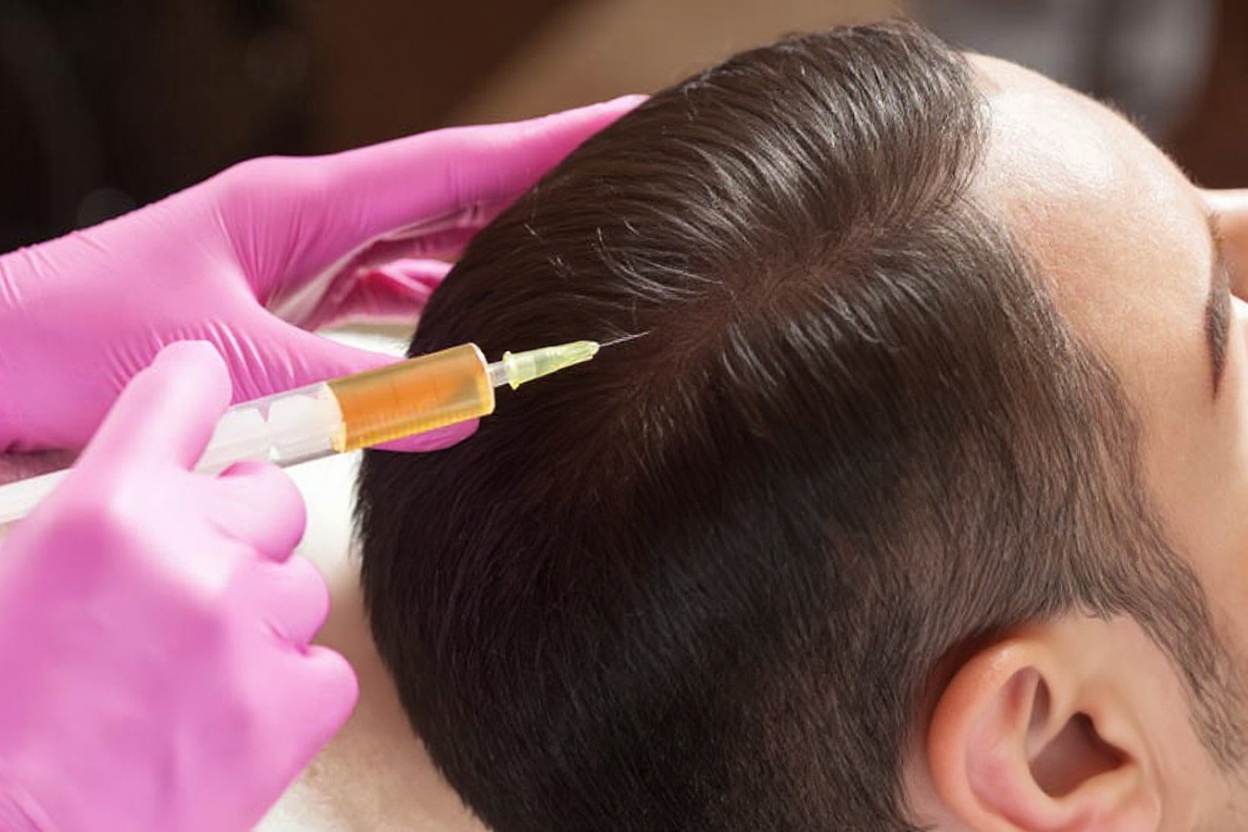
Table of Contents:
- What Is a PRP Treatment?
- How Does PRP Work for Facial Rejuvenation?
- Treatment Areas for PRP Therapy
- My Approach to PRP Treatments
- PRP Treatment Procedure
- When Will I See Results – and How Long Do They Last?
- Risks and Possible Side Effects
- Why Choose Dr. Strobl for PRP in Munich?
- FAQ About PRP Treatment in Munich
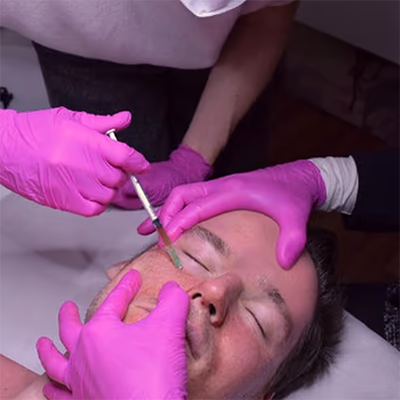
What Is a PRP Treatment?
The PRP treatment (platelet-rich plasma) is a regenerative aesthetic procedure that uses the body’s own growth factors. A small amount of blood is drawn and processed to extract plasma rich in platelets. This plasma contains growth factors that stimulate cell renewal and boost collagen and elastin production.
Natural Regeneration Principle
Unlike dermal fillers or botulinum toxin, PRP does not work by adding volume or relaxing muscles. Its mechanism is the activation of the body’s healing response. The skin becomes firmer, smoother, and more radiant. Because only the patient’s own blood is used, the treatment is highly biocompatible and carries no risk of allergic reaction.
Clinically Proven Method
PRP therapy has been successfully used in medicine for years, including orthopedics, wound healing, and hair restoration. In aesthetic medicine, it has become a gentle yet effective method for skin rejuvenation. The goal is not an artificial look but a lasting improvement in skin quality through natural regeneration.
This combination of natural efficacy and scientific validation makes PRP a popular choice for patients seeking a gentle and effective way to enhance their skin texture.
How Does PRP Work for Facial Rejuvenation?
During a PRP facial treatment, concentrated platelets and growth factors are injected into the middle layers of the skin. There, they activate fibroblasts responsible for producing collagen, elastin, and hyaluronic acid. This process gradually regenerates the skin and improves its texture, firmness, and hydration.
Activation of Natural Cell Renewal
The growth factors in PRP trigger biological processes that stimulate cell regeneration, enhance microcirculation, and support new connective tissue formation. Over the following weeks, the skin becomes smoother, more even, and more radiant — without foreign substances or sudden volume changes.
Long-Lasting, Natural Results
The effects develop gradually and last for months, as PRP strengthens the skin at the cellular level. The method is valued for achieving natural results without overcorrection. The complexion appears refreshed and healthy without looking “treated” — ideal for patients seeking subtle yet visible improvements.
Treatment Areas for PRP Therapy
PRP facial treatment is suitable for anyone who wants to naturally improve skin quality, regardless of age or skin type. It can be performed as a stand-alone procedure or combined with other aesthetic treatments.
Improvement of Skin Texture and Elasticity
PRP helps refine skin texture and increase elasticity. Especially for dull, tired, or thin skin, plasma from your own blood promotes visible revitalization. Fine lines and crepey wrinkles, particularly on the cheeks or around the eyes, can be effectively treated.
Typical Facial Applications
- Complementary therapy for skin tightening or volume treatments
- Skin rejuvenation and overall regeneration
- Improvement of fine lines and wrinkles
- Reduction of dark circles and under-eye shadows
- Support for healing after laser or peel treatments
Extended Treatment Areas
Beyond facial rejuvenation, PRP can also be applied to the neck, décolletage, and hands. At my practice in Munich, PRP is also used for the scalp, following a specialized hair restoration protocol that is explained separately.
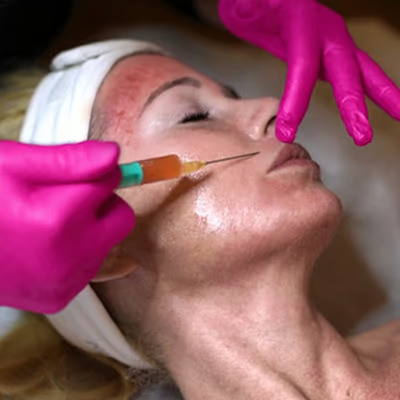
Combination With Other Treatments
PRP can be easily combined with other aesthetic procedures to further enhance results and improve overall skin quality:
- Microneedling: Increases plasma absorption and boosts skin regeneration.
- Polynucleotides: Complement PRP with a biostimulating, deeply hydrating effect.
- Hyaluronic Skinboosters: Improve hydration and add a healthy glow.
- Laser Treatments or Peels: PRP supports healing and shortens downtime after device-based procedures.
- Botulinum Toxin or Fillers: Can be combined with PRP to address expression lines or restore lost volume.
These combinations allow for a customized treatment plan that optimally enhances skin regeneration, firmness, and quality.
My Approach to PRP Treatments: Natural Skin Rejuvenation Without Chemical Additives
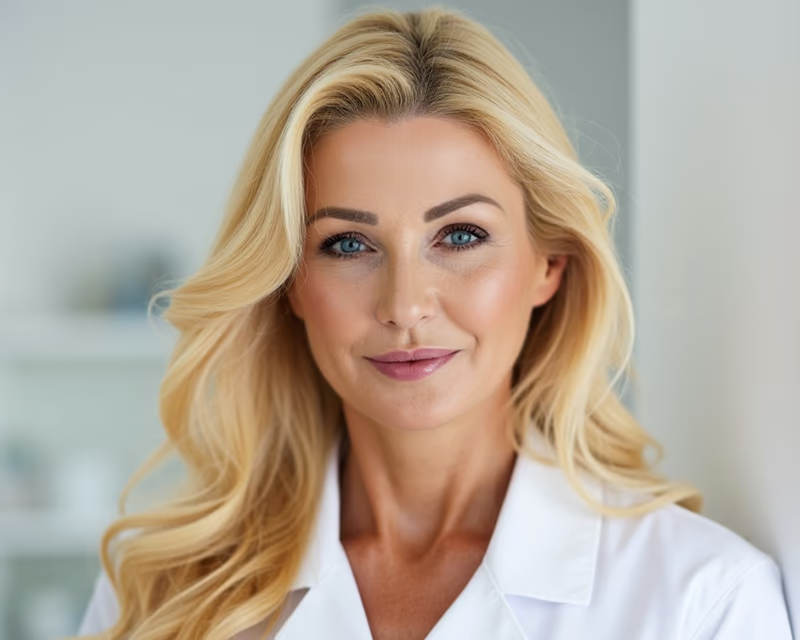
I have been offering PRP treatments in Munich for many years — long before they became widely used in aesthetic medicine. From the beginning, I was convinced by the combination of medical logic and natural regeneration. PRP harnesses the body’s own healing powers without chemical additives, perfectly aligning with my philosophy of “Timeless Beauty at Every Age.”
I also fully stand behind this method personally: I perform PRP treatments on myself about four times a year as part of a medical microneedling routine. It is a key part of my own skincare regimen. My own experience with PRP has been consistently positive — my skin stays fresh, firm, and even, without appearing artificial.
After many years of practice, I consider PRP one of the most effective procedures in minimally invasive aesthetic medicine. It works deep within the skin, strengthens its vitality over time, and delivers results that look authentic rather than overdone — true to the principle of natural aesthetics.
PRP Treatment Procedure
The PRP treatment is a straightforward procedure. After a medical consultation and review of possible contraindications, only minimal preparation is required. The treatment is performed on an outpatient basis and involves virtually no downtime.
- Blood Draw – About 10–15 ml of your own blood is taken from a vein in the arm.
- Processing – The blood is centrifuged to separate the platelet-rich plasma (PRP) from the other components.
- Skin Preparation – The face is thoroughly cleansed and, if desired, a numbing cream is applied.
- Injection or Microneedling – The processed PRP is either precisely injected with fine needles or evenly worked into the skin using medical microneedling, depending on the treatment goal and skin condition.
- Aftercare – Mild redness or swelling may occur. Cooling and avoiding makeup for about 24 hours help the skin recover quickly.
The entire session takes about 30–45 minutes (excluding consultation and numbing time). After PRP injections, the skin usually looks normal again within a few hours, so there is no real downtime. For combination treatments with PRP and microneedling, visible redness can persist for 2–3 days.
When Will I See Results – and How Long Do They Last?
Immediately Visible Results
After a PRP treatment, the first improvements usually appear after about two to three weeks. The skin looks fresher, more hydrated, and fine lines begin to smooth out. With each additional session, the effect intensifies as collagen and elastin production continue to increase.
Long-Term Effect
The full regenerative effect develops after approximately three months. To achieve a stable result, I recommend a series of three sessions spaced four to six weeks apart.
The achieved skin improvement typically lasts 12 to 18 months. Factors such as skin type, lifestyle, sun exposure, and skincare routine can influence the duration of results.
Risks and Possible Side Effects
The PRP treatment is considered very safe since it uses only the patient’s own biological material. This eliminates the risk of allergies or intolerance. However, mild and temporary reactions may occur after the procedure, typically subsiding within a few hours to a few days.
Possible Side Effects:
- Mild redness or swelling at the injection sites
- Small bruises (hematomas)
- Temporary feeling of tightness or warmth
- Rarely: transient uneven skin texture
- Infections are extremely rare when blood collection, plasma preparation, and treatment are performed under proper sterile conditions — a standard in my Munich practice.
Patients should avoid makeup, sauna, sun exposure, and exercise on the day of treatment to support optimal skin recovery. Since no foreign substances are used, PRP treatment is also well suited for sensitive skin types.
FAQ – PRP Treatment in Munich
Yes. In my personal experience, PRP noticeably improves the texture, elasticity, and radiance of the skin. The results develop gradually and become more visible with each additional treatment.
For lasting results, I generally recommend three sessions spaced about four to six weeks apart. Afterward, a maintenance treatment once or twice a year helps keep the skin’s improved quality stable over time.
The injections are well tolerated thanks to the use of fine needles. A numbing cream can be applied beforehand to make the treatment more comfortable.
Since the treatment uses no foreign substances, it would generally be considered safe. However, it is not recommended during pregnancy or breastfeeding to avoid general treatment-related risks, particularly the risk of infection.
I’m happy to discuss potential cost benefits for multiple sessions during your personal consultation. Transparent and fair pricing is important to me; however, flat-rate package offers are not advertised for legal reasons.
Yes. In my practice, I also offer PRF (platelet-rich fibrin) in addition to PRP. This method likewise uses the patient’s own blood but contains a natural fibrin matrix that allows a slower, sustained release of growth factors over time.

About the Author:
Dr. med. univ. Eva Maria Strobl is the owner of LIPS and SKIN Aesthetic Medicine practice in Munich. She is a trained specialist in general medicine (MedUni Vienna) and has over 10 years of specialization in non-surgical aesthetic procedures. Dr. Strobl is a member of the German Society for Aesthetic Botulinum Therapy e.V. (DGBT), the German Society of Anti-Aging Medicine e.V. (GSAAM) and of Network Global Health. She publishes regularly on her blog and on DocCheck.

